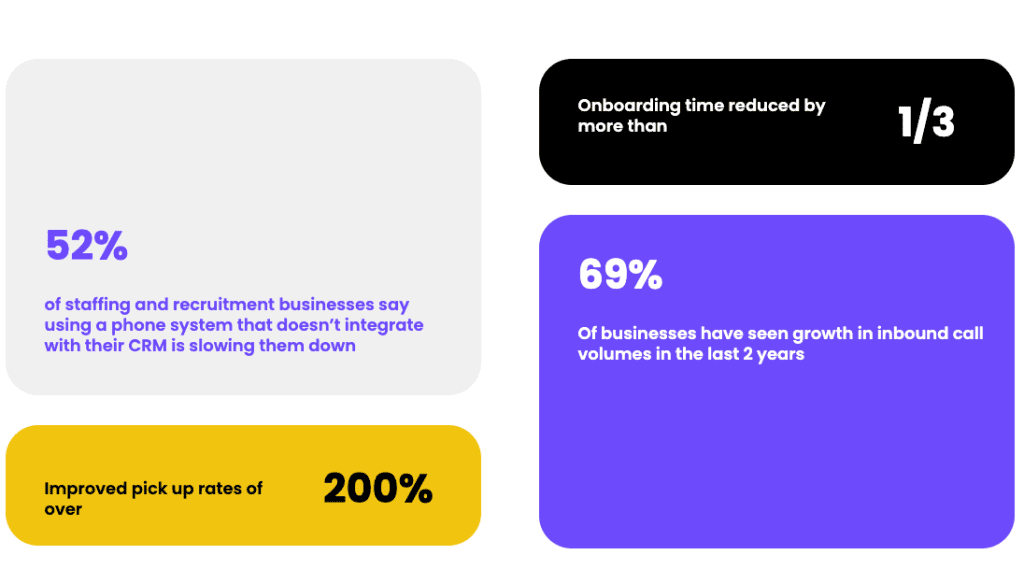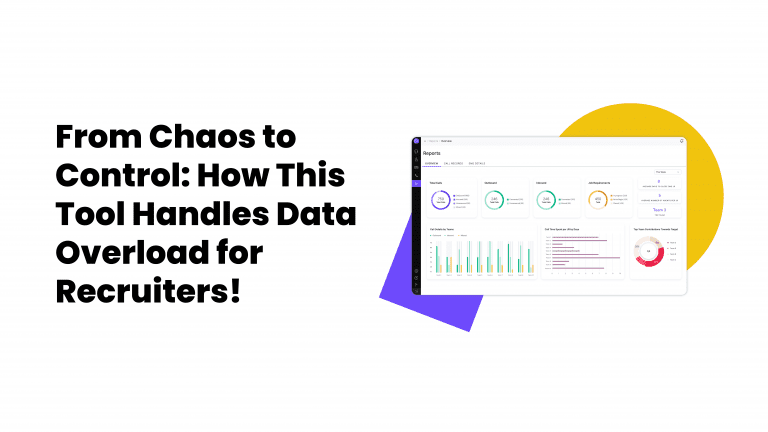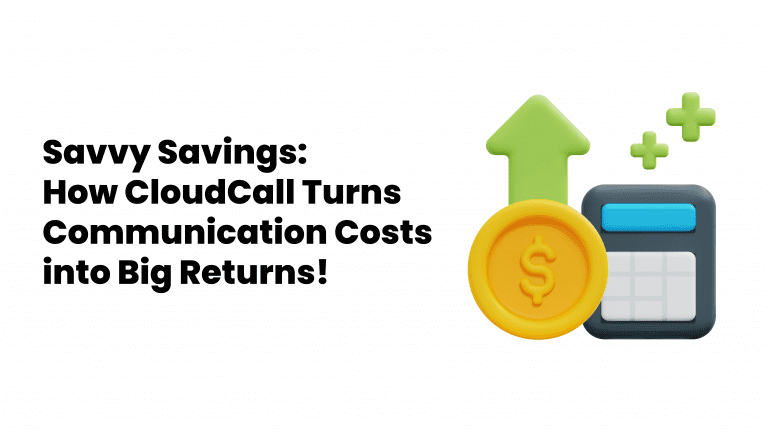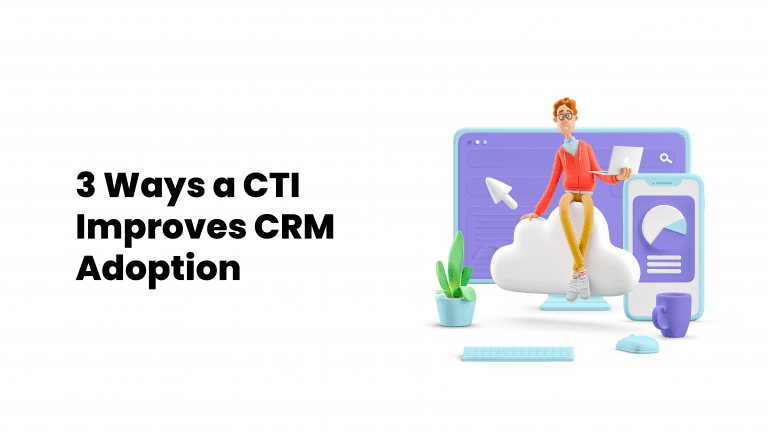In an industry full of new integrations, CloudCall is the best telephony solution for Bullhorn in the recruitment and staffing space. However, one question comes to mind: how does it compare to Bullhorn for Salesforce? In essence, it is essentially the same, but it serves as an extension of the offering. This means you can benefit from the added value of an embedded telephony solution, particularly if your stack includes other Salesforce products or ISVs.
The Salesforce platform provides our clients with greater flexibility and customization in their tech stacks. By maintaining the same “trust factor,” you reduce the risk of change while gaining the necessary capabilities and integration requirements.
CloudCall is a central component built with the same concept and familiarity as the Salesforce ecosystem. It allows you to tailor your experience to suit your business needs. However, with any integration, there are always challenges that arise. We have identified three common challenges in telephony requirements from our customers:
Firstly, customers are seeking a product that can enhance team productivity and data retention.
Secondly, there is frustration over the lack of integrative solutions for daily workflows and the inability to capture all data in a single stored solution.
Lastly, customers are eager to drive digital transformation, investing in automation and reporting, and staying ahead of market trends and modern technology.
CloudCall makes sure that agents are spending more time on the phones and capturing all their activities and removing manual data input.
The Bullhorn for Salesforce integration with CloudCall is largely similar to the native Bullhorn integration. But one area that truly stands out is its ability to drive change management and adoption, which can be the biggest challenge in Recruitment for Salesforce.
Given that the integration is native to both platforms, it highlights the distinct aspects of Bullhorn as disruptors in the SMB market and how the Salesforce 360 journey covers various industries. CloudCall can facilitate the adoption phase with customers by mapping out the impact it can have.
The Salesforce Ecosystem empowers businesses to build anything on top of the platform. This creates stickiness, alongside the data set offered by AppExchange, which connects third-party apps and bridges the gap between communication and automation.
The CRM serves as a single source of truth, centralizing customer focus and delivering a business model that includes your customer database and workflows. Each touchpoint in the customer journey triggers an automated workflow to drive productivity and save time.
With the CloudCall integration, you can create a customizable core database that enhances the Salesforce model. It ensures a consistent and seamless experience across multiple devices, effectively capturing and automatically storing data in your CRM.
CloudCall can facilitate the level of communications around flow builder and automating the conversation into stored touchpoints through messaging, click to call, and even the power dialler.

Overall, the CloudCall integration improves efficiency on a scalable level, reducing time spent on mundane tasks and allowing for a more productive use of time by your team. Salesforce has transitioned from builder to buyer, as shown with integrations and collaborations like Slack, MuleSoft and more recently Einstein GPT, adding more and more capabilities to their stack.
I believe predictive learning is, and will, became a huge focus for Salesforce, as they continue to create a narrative around the Cloud Space.
Ultimately innovating to creating simplicity on a scalable level and delivering a more personalised experience.
Nadine Ryan, Partnerships and Alliances at CloudCall




